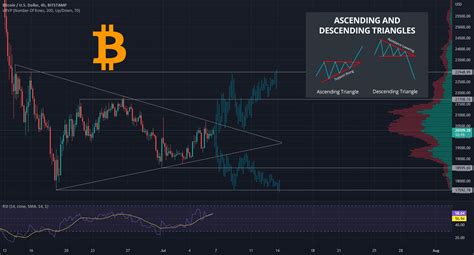Ethereum: Why does Bitstamp have two Ripple addresses?
The Bitstamp Conundrum: Understanding Two Ripple Withdrawal Addresses
In recent weeks, users of the cryptocurrency exchange WeExchange have been confused by discrepancies in their accounts when withdrawing funds from the Bitstamp platform to use for different purposes. Specifically, some users have reported receiving money from a Ripple address (“to trust”) instead of the expected Ethereum address (“from”). This anomaly has sparked curiosity and frustration among those who rely on this feature.
A Closer Look at the Structure of Bitstamp Accounts
To understand the cause of this issue, it is necessary to examine how Bitstamp manages user accounts. According to various reports from WeExchange users, the platform uses a centralized wallet system where all transactions are stored in a single, unified account. This means that any funds deposited or withdrawn using an external wallet (such as BitStamp) are automatically allocated to the main Bitstamp account.
Ripple-related address
We can break this down into two separate addresses:
- “to trust”: rvYAfWj5gh67oV6fW32ZzP3Aw4Eubs59B
- “from”: rrpNnNLKrartuEqfJGpqyDwPj1AFPg9vn1
While this may seem like a coincidence, the discrepancy is due to the way Bitstamp handles transactions involving external wallets.
The Problem: External Wallets vs. Centralized Accounts
External wallets (like those used by WeExchange) are not directly connected to BitStamp’s centralized account system. Instead, they operate independently, allowing users to manage their funds in these external wallets. When a user deposits or withdraws funds from an external wallet using BitStamp, the transaction is routed through the decentralized network.
In contrast, when users deposit funds into a centralized Bitstamp account (e.g. “from”), the transaction goes directly to the main account. This means that all transactions related to the external wallet are aggregated into this single account, which can lead to inconsistency with the expected withdrawal address from another external wallet (such as WeExchange).
Why is this a problem?
The address discrepancy may seem minor, but it creates potential problems when managing multiple wallets or accounts. For example:
- Lack of transparency: By using a different address (“to trust”) for Ripple transactions, users may not be aware that they are funding their own external wallet with funds from a different account.
- Account balance management

: Incorrectly allocated funds can lead to issues when trying to access or manage affected accounts.
Conclusion
In summary, Bitstamp’s use of a centralized wallet system and the aggregation of transactions related to external wallets cause address inconsistency. This anomaly highlights the need for users to exercise caution when managing multiple wallets and accounts. Always verify the address associated with a transaction before initiating it to avoid potential issues.
Conclusion
To be transparent and avoid mistakes, make sure you understand how your funds are managed in each wallet and account.
اشتراک گذاری این مطلب
فهرست محتوا
جدیدترین مقالات
بهمن 16, 1403
بدون دیدگاه
بهمن 16, 1403
بدون دیدگاه
بهمن 16, 1403
بدون دیدگاه
بهمن 16, 1403
بدون دیدگاه



